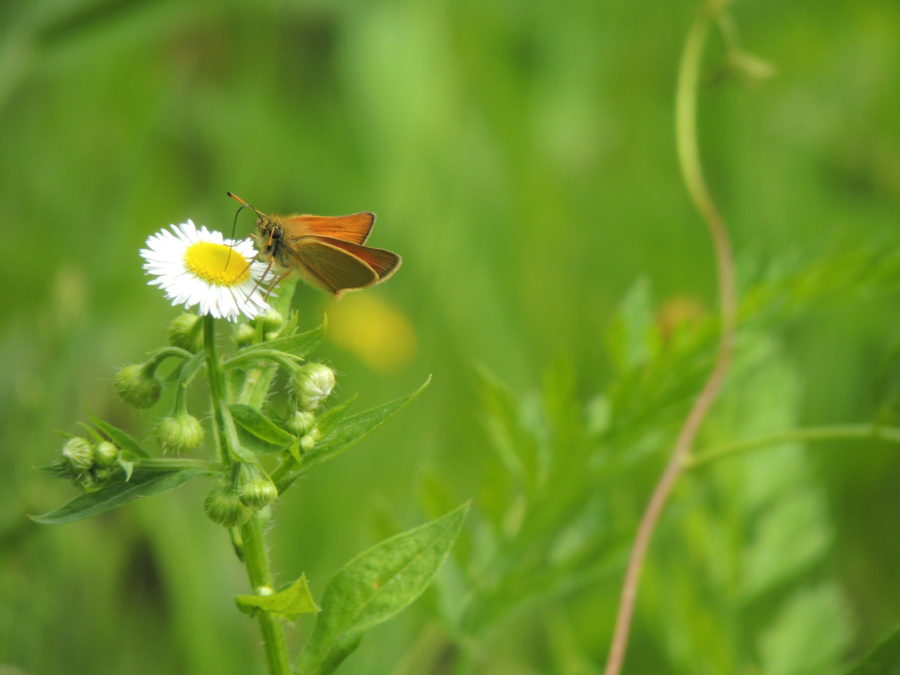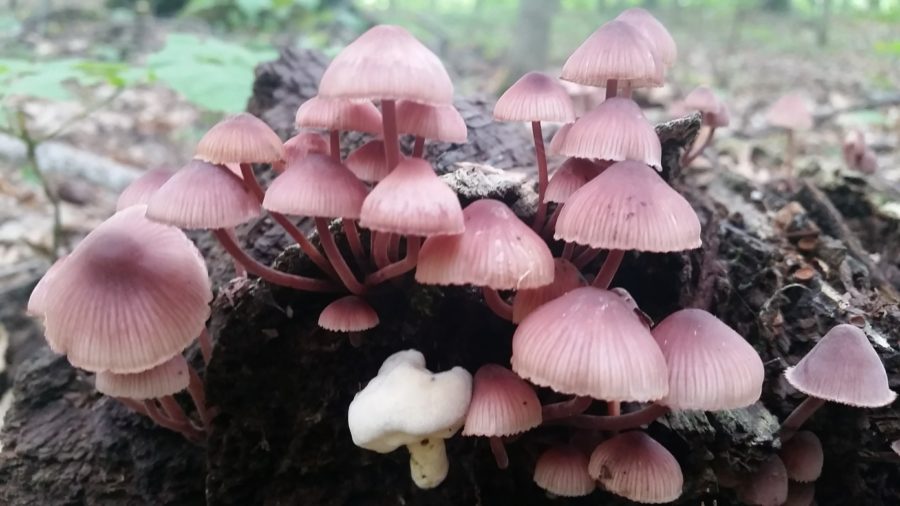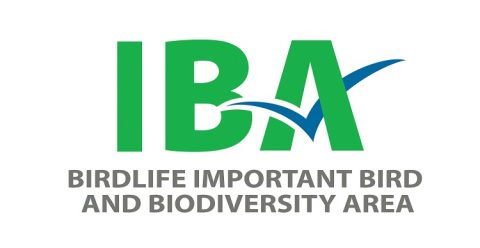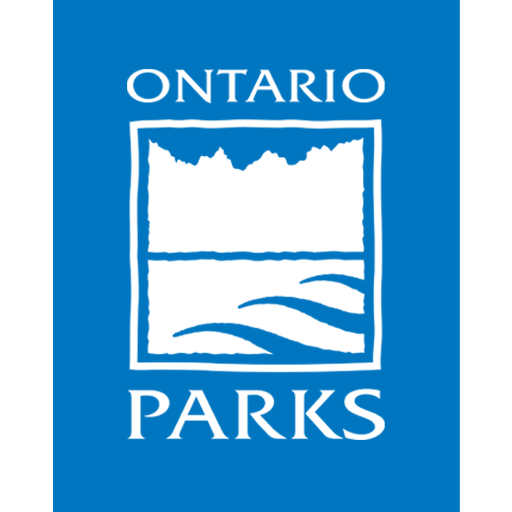Welcome to the final installment of our series “IBAs in provincial parks,” brought to you by Ontario IBA Coordinator Amanda Bichel of Bird Studies Canada.
It’s great sharing bird facts, and stories about IBAs and provincial parks, but it’s time to step back and take a look at the bigger picture: biodiversity.
Why should we care about biodiversity?

The infinite diversity of species in the world, besides being awe-inspiring and at times an unbelievable spectacle, provides us with many practical benefits.
Biodiversity cultivates a complex food web, and we humans benefit big. We have medicine that we could not have derived without plants. Biodiversity provides climate regulation that shields us from floods and drought. Birds, mammals, insects and reptiles all contribute to pollination, seed dispersal, and pest control.

People who spend time in nature have been found to have better immunity, and are happier and less stressed. Just take a look at some of the studies around the Healthy Parks Healthy People initiative.
And this is just the tip of the iceberg of how everyone and everything on the planet benefits from the complex ecosystems that biodiversity creates.
Biodiversity is all connected, and the truth is, we are often unaware of most of these connections, so we can unknowingly influence links of the natural world through our actions.
These are all undeniable reasons to conserve and protect as much biodiversity as possible.
How do Important Bird and Biodiversity Areas and provincial parks fit in?
IBAs are essential habitat for birds, but also for many other species.
For example, 85.7% of all federally-listed vascular plants and 79.4% of all federally-listed reptiles are found within IBAs across Ontario. All together, there are 162 Endangered, Threatened, or Special Concern species on the COSEWIC list found in Ontario IBAs.
As for rare species in the province, the numbers are even more captivating. There are 622 species that are ranked as S1 (Critically Imperiled), S2 (Imperiled), and S3 (Vulnerable) across Ontario IBAs, encompassing amphibians and reptiles, birds, fish, fungi, insects, other invertebrates, mammals, and vascular plants.
Unfortunately, not all IBAs overlap with formal protection. That’s where provincial parks and other protected areas come in.
Provincial parks are places where this rich biodiversity is formally protected. Ontario Parks is committed to ensuring that ecological integrity is maintained in provincially significant ecosystems.
How can you help?
Although IBAs aren’t formally protected (except where they overlap with protected spaces like provincial parks), we’re working on ways to connect people and biodiversity to ensure stewardship and care for these sensitive and indispensable sites.

In the past, IBAs have been used to design conservation reserve networks, and to prioritize lands for acquisition. They’ve also been used by governments in assessing impacts and establishing guidelines for proposed development projects.
To help continue these actions, you can become involved at an IBA near you!
Check out our interactive map to find one.
You can count birds and submit checklists to eBird, attend or volunteer at an event, or become the celebrated Caretaker of an IBA. You can also participate in the third Ontario Breeding Bird Atlas, an enormous community science initiative that aims to survey all the province’s breeding birds.
To find out more about the Ontario IBA network and how you can positively impact birds and biodiversity, get in touch with us at ontarioiba@birdscanada.org.
Many thanks to Ontario Parks for joining and hosting this blog series. We hope it has tempted you to visit an IBA and provincial park, and maybe give your time and effort to help conserve these biodiverse spaces.
 Bird Studies Canada thanks the Ontario Trillium Foundation for generously supporting the Ontario IBA Program. To be in the loop with these monthly blogs, sign up for the Ontario IBA Newsletter.
Bird Studies Canada thanks the Ontario Trillium Foundation for generously supporting the Ontario IBA Program. To be in the loop with these monthly blogs, sign up for the Ontario IBA Newsletter.





